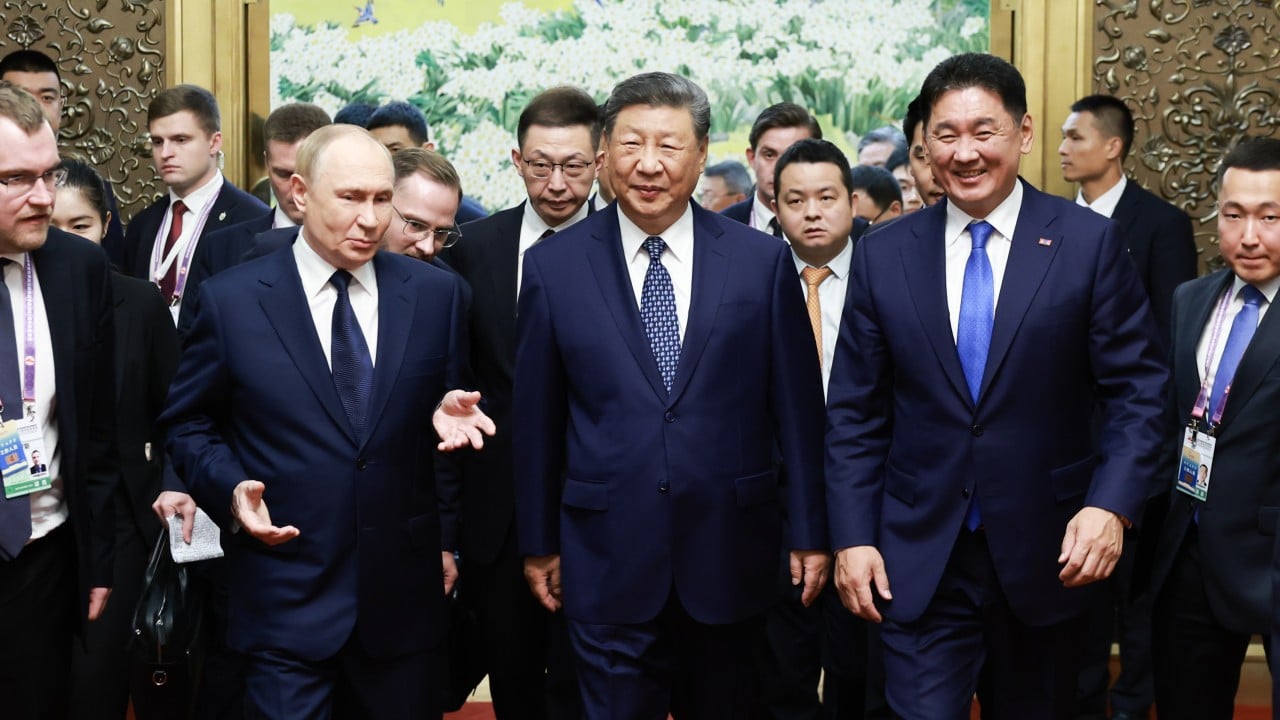China’s recent high-profile diplomatic activity, including the Shanghai Cooperation Organisation (SCO) summit in Tianjin and the Victory Day parade in Beijing in the same week, conveyed more than international headlines suggested.
Advertisement
Although much of the media spotlight focused on the optics of Russian President Vladimir Putin, Indian Prime Minister Narendra Modi and North Korean leader Kim Jong-un, I think the real story centres on pragmatic engagement, regional reassurance and the realignment of partnerships across Asia.
In a world defined by growing geopolitical tensions, these events also highlight how many countries in China’s vicinity seek to avoid taking sides while remaining engaged with Beijing.
The SCO summit, held over two days, brought together leading officials from over 20 nations across Asia, Europe and Africa. This year’s summit showed China’s ability to unite neighbours near and far for productive discussions on trade, security, technology and diplomatic cooperation.
The scope of the guest list was intriguing. Alongside the key members (China, Russia, India, Iran, Pakistan, Kazakhstan, Uzbekistan, Belarus, Kyrgyzstan and Tajikistan), countries such as Mongolia, Turkey, Myanmar and other Southeast Asian states participated.
Advertisement
Notably, Modi’s attendance signalled renewed Sino-Indian engagement after years of border tensions. While old disputes persist, both powers have expressed a commitment to increased cooperation and engagement.

